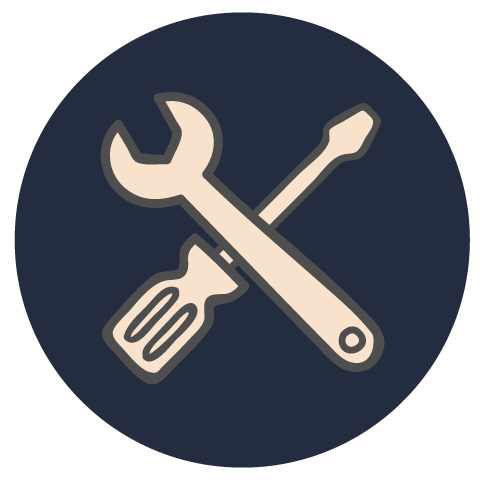- info@stagemusic.lu
- +352 26 15 91

 customer service
customer service free delivery
free delivery extended warranty
extended warranty repair service
repair serviceWith 9 presets that were finely tuned to emulate the most legendary organs from the ‘60s and beyond, the B9 Organ Machine will transform your guitar or keyboard. Control the instrument’s signature percussive click and sweet modulation. Blend your dry signal to create lush layers. Enough tonewheel and combo organ inspiration to light your fire and cook up some green onions!
Here are some tips on getting optimum performance from the B9 Organ Machine.
1. The B9 is best as the first pedal in an effects chain.
Place modulation delay and reverb effects after the B9.
The unit will not perform well if placed in the effects loop of a guitar amp.
2. The unit performs best using the bridge pickup of a guitar.
If a guitars pickup has a weak output, performance can be improved by putting a clean boost or a compressor in front of the B9.
It is not advised to place a distortion or overdrive in front of the B9.
This will muddy up the input signal and cause the tracking to be unstable.
If overdrive or distortion is desired it’s best to place it after the B9.
3. Some guitar amplifiers have a uneven peaky frequency response that may cause some sounds to be over accentuated.
A compressor in front or after the B9 can help smooth this out. This helps for a guitar player who’s playing is less than desirable in the dynamics department.
4. The B9 was designed to be used with a guitar.
The unit can be used with a bass guitar BUT the range the bass player can play will be limited.
The unit tracks best above the C note, third fret on the A string.
Below that performance is compromised and not recommended.
5. The top range using a guitar in standard tuning is the 23rd fret.
Above that the organ sound will not be heard.
6. Garbage in Garbage out.
The B9 tracks great and will follow what ever you play, but it is not a talent booster.
Sloppy guitar playing will sound like a sloppy organ player.
The B9 will bend notes just a regular guitar does.
Organs do not bend, so for a more authentic organ sound limit bending.